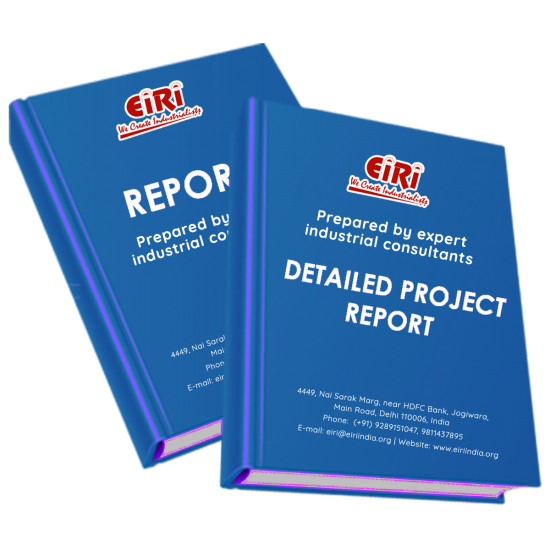Description
INTRODUCTION
ADVANTAGES AND DISADVANTAGES
MARKET OVERVIEW
BATTERY RATING AND SPECIFICATIONS
TYPES OF DRY CELLS
STANDARDS
RAW MATERIALS
MANUFACTURING PROCESS
SUPPLIERS OF PLANT AND MACHINERY
PRELIMINARY LAYOUT
SEWAGE AND WASTE WATER EFFLUENT
HSE REQUIREMENTS
PRINCIPLES OF PLANT LAYOUT
PLANT LOCATION FACTORS
ANTICIPATED ENVIRONMENTAL IMPACTS
PROPOSED IMPLEMENTATION SCHEDULE
PROJECT FINANCIALS
CONCLUSIONS
APPENDIX – A:
01. PLANT ECONOMICS
02. LAND & BUILDING
03. PLANT AND MACHINERY
04. OTHER FIXED ASSESTS
05. FIXED CAPITAL
06. RAW MATERIAL
07. SALARY AND WAGES
08. UTILITIES AND OVERHEADS
09. TOTAL WORKING CAPITAL
10. TOTAL CAPITAL INVESTMENT
11. COST OF PRODUCTION
12. TURN OVER/ANNUM
13. BREAK EVEN POINT
14. RESOURCES FOR FINANCE
15. INSTALMENT PAYABLE IN 5 YEARS
16. DEPRECIATION CHART FOR 5 YEARS
17. PROFIT ANALYSIS FOR 5 YEARS
18. PROJECTED BALANCE SHEET FOR (5 YEARS)



